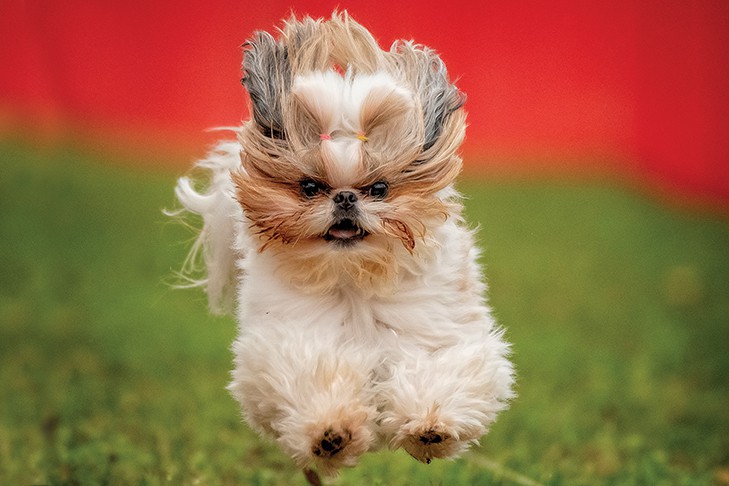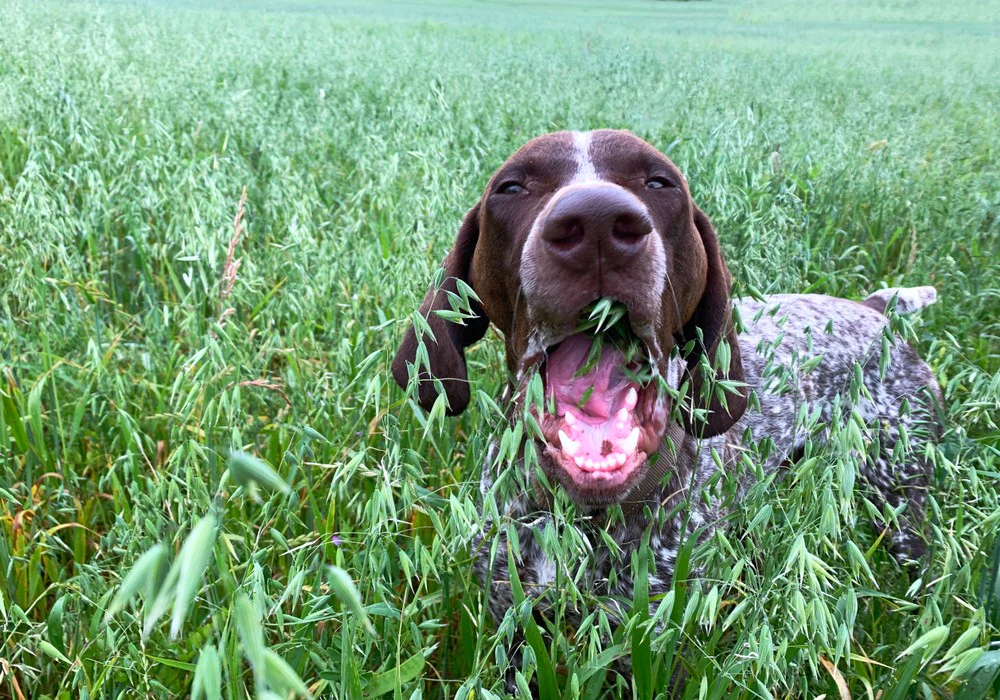
The research into canine emotions is ongoing. We may eventually have a better understanding of dogs’ thoughts and feelings. Let’s look at how our furry friends experience freedom.
Signs That Dogs Feel Freedom

After being kept in a crate while traveling, your dog might interpret freedom as happiness. In accordance with their normal behavior, they will show signs of contentment after a positive experience.
They will likely spring into their new surroundings once the door has been opened to the room, house, or crate. They might run, jump and bark to express their joy. It is very likely that they will respond by raising their ears and tail waving.
Be aware of signs such as excessive panting and over-excitement. While you want your dog to enjoy their freedom, it is important that they are not overexerted. You can take your dog to a shaded, cool area, and offer water if they need it. To manage their excitement, encourage them to lie down or sit.
Unfortunately, some dogs do not like freedom of movement. They prefer to be in a crate or within the confines of their home. It could be due to trauma, separation anxiety, stress, illness, old age, or clinginess.
These situations may cause your dog to exhibit fearful or agitated behaviors. They can be whining or howling, pacing, shaking, or cowering. They may be reluctant to get away from you because their ears are usually down.
Dogs and Freedom: A History

There haven’t yet been studies into the specific feeling of freedom within the canine emotional profile. However, there has been researching into the feelings that come into play when we think of freedom.
Let’s look at the examples. We now have a better understanding of how dogs perceive freedom and happiness. Scientists discovered that psychological triggers can influence dog behavior, just like humans. Dogs will respond positively to freedom if they are taught by their owners.
However, dogs can perceive freedom as a reason for being afraid. Canines will respond in a similar way to humans who have a tendency to ‘flight’ or fight when faced with difficult situations. It could as easy as staying with their owner. Dogs may find large open spaces too stimulating or unfamiliar. They will cling to their owners, which allows them to focus on the part of the environment that makes them feel safe.
Many owners have reported this type of agoraphobia. It is usually a reaction to trauma, such as an accident involving a vehicle, negative interactions with other dogs, or abandonment. Many dogs can overcome this reaction through training and some can even live happily in their own homes.
Science of Dogs Feeling Free
Research has shown that the canine neurological pathway is similar to that of humans. Neurotransmitters and hormones do the bulk of the legwork, sending signals to the brain, which interprets the information and decides upon an emotional and physical response. The behavior displayed by a dog can give us a good indication of whether they’re feeling happy, relaxed, sad, or frightened.

According to current knowledge, the difference between canine and human psychology is how emotions are processed. This is a complex process that requires our advanced analytical skills to guide us. In dogs, it’s far less complicated. However, neurotransmitters like serotonin and dopamine can cause unexpected responses to familiar situations.
Training dogs to feel free
As mentioned throughout this article, it’s unlikely that dogs will be able to isolate the nuanced feeling of freedom. However, there are techniques that can help dogs to rewire their thought process to enjoy the freedom of a new or open space if it is something that currently frightens them.
This approach focuses on two main aspects: gradual exposure and positive reinforcement. The first, called gradual exposure, is the exact same approach that is used in psychology to treat patients suffering from phobias or generalized anxiety. You will gradually expose your dog to distressing situations, initially in brief bursts and then building up their resilience.

Consider a dog that is afraid of large open spaces. In this instance, you would visit the area in brief bursts lasting only a few minutes before returning your dog back to a safe and familiar space. Do not give attention to dogs who are in distress. Retire them gently but firmly and praise them when they become calmer.
Reward your dog for being cooperative in difficult situations. Give them a treat or extra attention. You will teach your dog what behavior results in a positive outcome. It helps dogs to realize that the threat they perceive as frightening is not real. Their human doesn’t have to be worried and they don’t need to be. These techniques can be repeated to help your dog feel more confident and happy in open spaces.